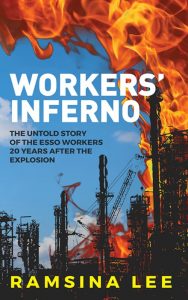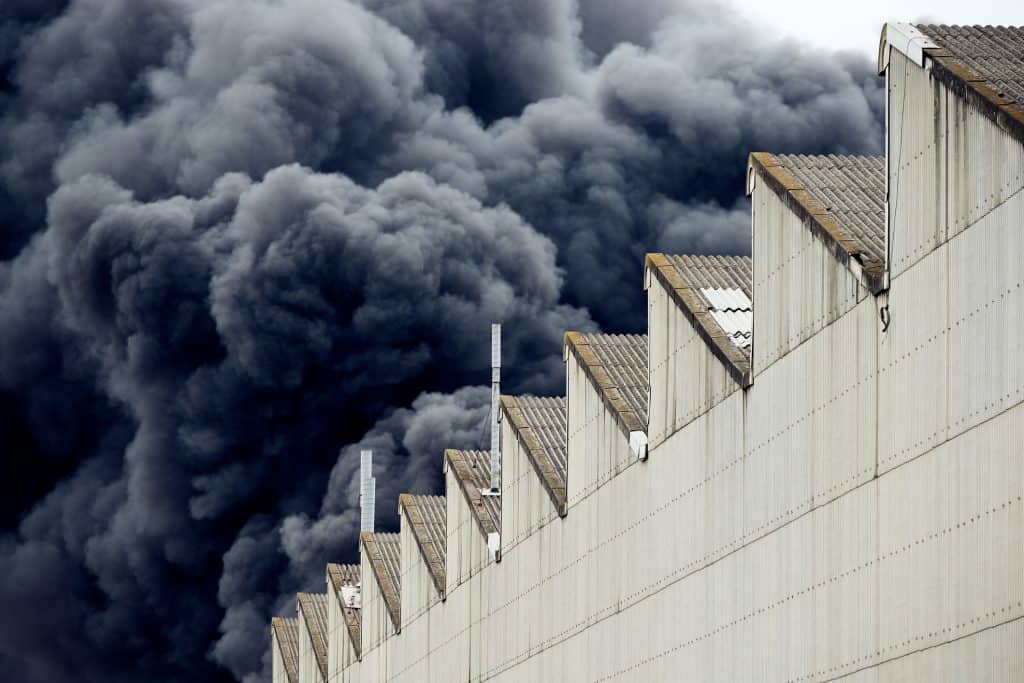
Melbourne, Australia has recently suffered several notable factory fires that resulted from unsafe storage of chemical wastes. These fires have resulted in toxic fumes across residential suburbs, environmental damage to local waterways and some injuries to workers. Victoria’s Minister for Workplace Safety, Jill Hennessy has responded by increasing penalties for breaching occupational health and safety (OHS) laws. This is a good short-term measure and indicates to the community that their government is doing something but is not a sustainable prevention strategy.

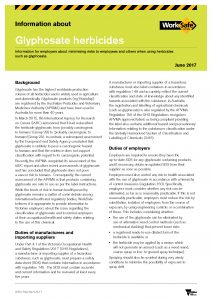
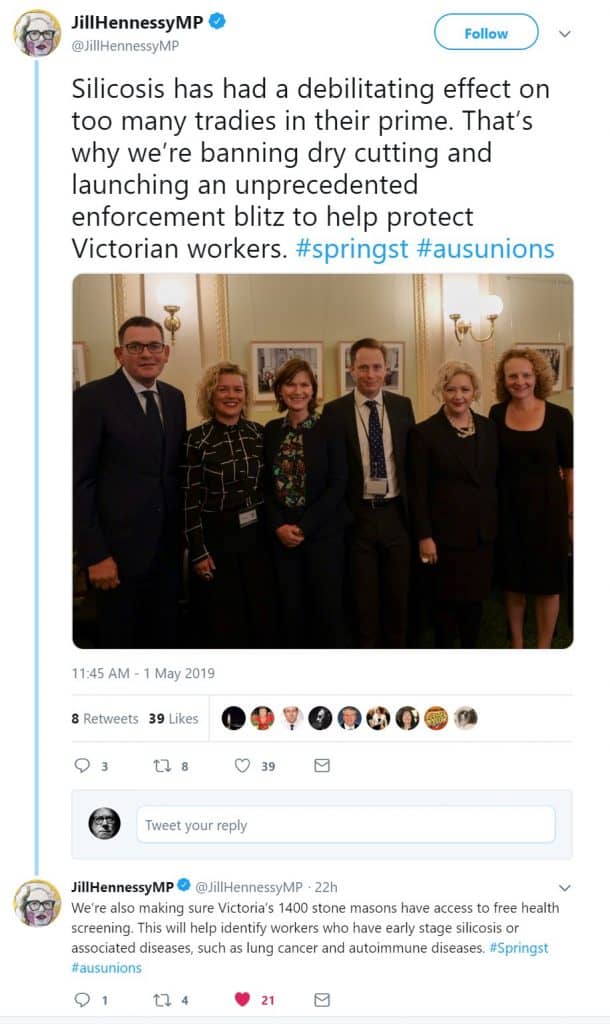
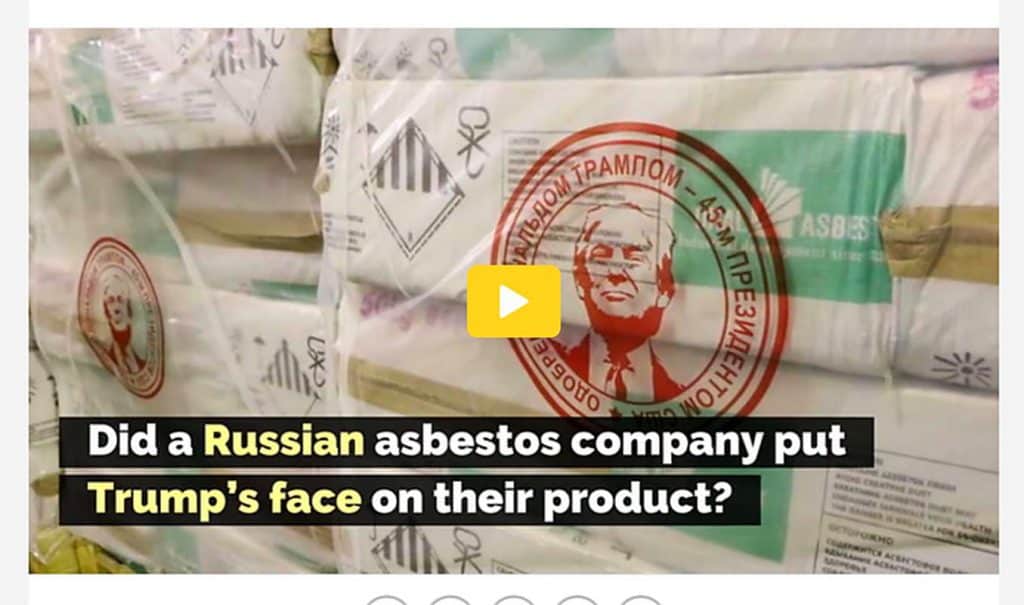
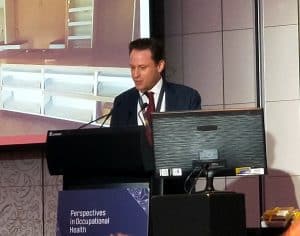 Rumours of a TV report on the increasing hazards of silicosis have floated around for a week or so. On October 10 2018, the show appeared on the Australian Broadcasting Corporation’s
Rumours of a TV report on the increasing hazards of silicosis have floated around for a week or so. On October 10 2018, the show appeared on the Australian Broadcasting Corporation’s 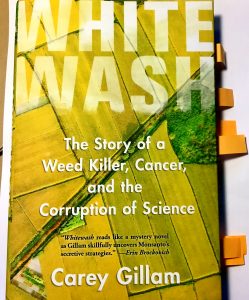 Occupational health and safety (OHS) related decisions are made on the state of knowledge about hazards and it is up to OHS people to make sure the state of knowledge is at its best so that the best decisions can be made. But what do you do if the state of knowledge on a hazard seems to be made purposely uncertain and that uncertainty is leading to the status quo, which also happens to provide a huge income for the owner of the product creating the hazard.
Occupational health and safety (OHS) related decisions are made on the state of knowledge about hazards and it is up to OHS people to make sure the state of knowledge is at its best so that the best decisions can be made. But what do you do if the state of knowledge on a hazard seems to be made purposely uncertain and that uncertainty is leading to the status quo, which also happens to provide a huge income for the owner of the product creating the hazard.